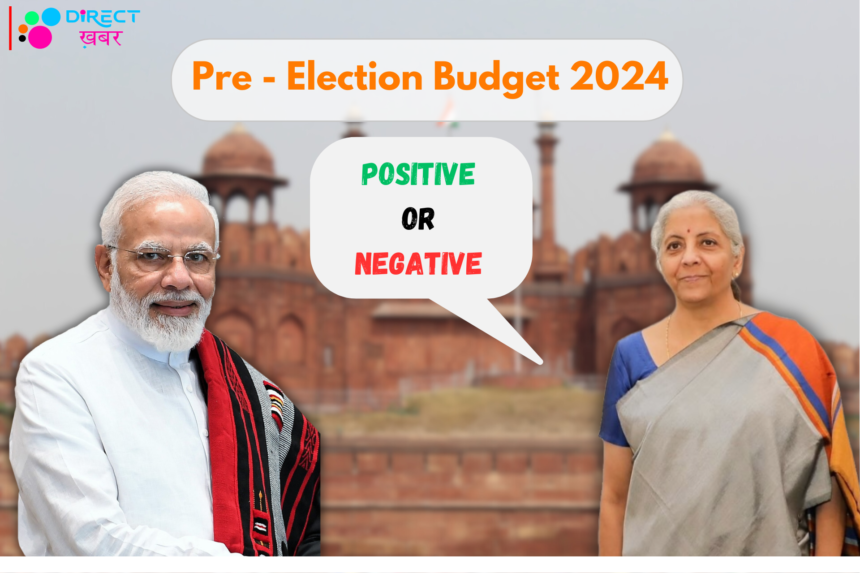Interim budgets play a crucial role in the functioning of a government, especially during election years when a new administration is on the horizon. These budgets serve as a temporary financial roadmap until a new government takes charge and presents a comprehensive budget. Let’s delve deeper into the components and significance of interim budgets, with a focus on the recent interim budget presented under the leadership of Prime Minister Narendra Modi.
Interim Budget Overview:
An interim budget primarily serves the purpose of providing short-term funding for government operations until a new administration is elected. It bridges the gap between the outgoing government and the incoming one, offering a glimpse into the proposed spending and revenue for the upcoming months. However, it is important to note that major policy announcements are typically excluded from interim budgets.
Content of Interim Budgets:
Interim budgets generally include forecasts for government spending, revenue, fiscal deficit, and overall financial performance for a limited period. These projections offer a snapshot of the government’s financial plans until a full budget is presented by the incoming government. Allocations and recommendations made in the interim budget may be carried over by the new administration or adjusted to align with its specific goals and policies.
Sitharaman’s Sixth Budget:
In the context of the current government led by Prime Minister Narendra Modi, the interim budget for the fiscal year 2023–24 was presented by Finance Minister Nirmala Sitharaman. This marked her sixth budget under the Modi administration. The total recommended spending for this fiscal year amounted to Rs 45,03,097 crore, with allocations distributed across key sectors.
Allocation of Funds:
The largest shares of the budget were directed towards critical areas such as the military, roads, railways, health and family welfare, and jal shakti (water resources). These allocations reflect the government’s strategic focus on national security, infrastructure development, healthcare, and water management.
Continuity and Change in Policy:
The incoming government has the option to either retain the allocations and recommendations from the interim budget or make modifications based on its own priorities and policy objectives. This flexibility ensures that the new administration can shape the budget in alignment with its vision for governance.

Conclusion
Interim budgets serve as a crucial bridge during the transition between governments, providing a temporary financial framework until a comprehensive budget is presented. In the case of Sitharaman’s sixth budget under Prime Minister Modi, the significant allocations across key sectors highlight the government’s priorities for the fiscal year 2023–24. As the new administration takes charge, the interim budget sets the stage for further financial planning and policy implementation.






